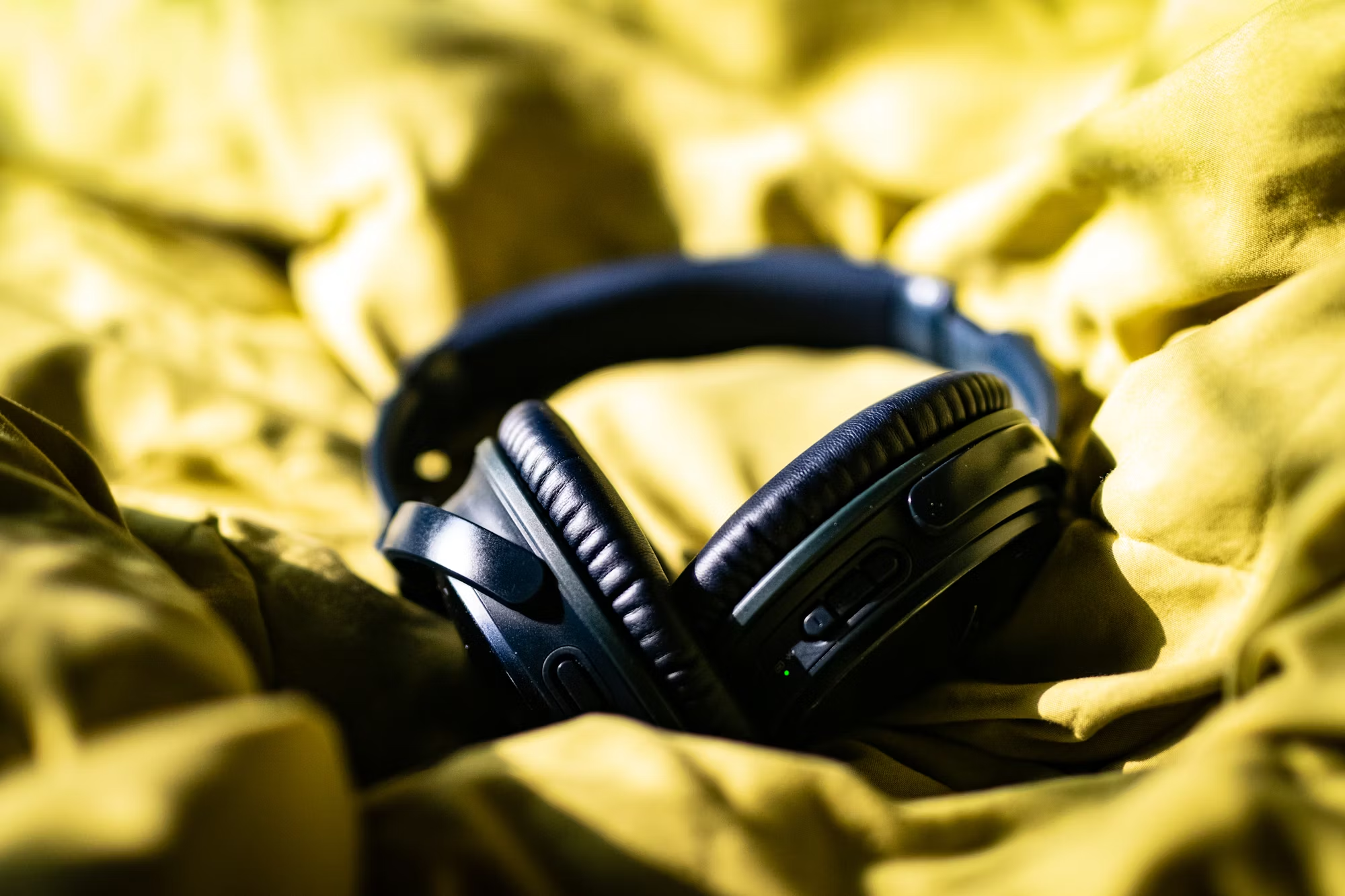The art of DJing has undergone a remarkable transformation over the past few decades, evolving from the traditional practices of vinyl spinning to the cutting-edge technology of virtual reality. This evolution has not only changed how DJs perform but has also reshaped the very culture surrounding electronic music. In this article, we will delve into the key developments in DJ technology, the rise of digital platforms, and the future of DJing in an increasingly virtual world.
Historically, DJs were the backbone of dance music culture, often using turntables and vinyl records to create seamless mixes. The tactile experience of manipulating records and the artistry involved in beat-matching defined the early days of DJing. Iconic figures like Grandmaster Flash and Frankie Knuckles laid the groundwork for the craft, using their skills to entertain and energize crowds in nightclubs and at outdoor festivals. Their innovative techniques, such as scratching and looping, showcased the potential of DJing as an art form.
The introduction of technology in the 1980s marked a turning point for DJs. The arrival of CDJs allowed for more flexibility and portability, enabling DJs to carry their entire music libraries in a compact format. This shift made it easier for artists to experiment with different genres and styles, leading to the diversification of electronic music. As digital audio workstations (DAWs) became more accessible, aspiring DJs and producers began to create their own tracks, blurring the lines between DJing and music production.
In the late 1990s and early 2000s, software like Serato Scratch Live and Traktor revolutionized the DJing landscape. These programs enabled DJs to use their laptops to mix digital music files while retaining the feel of traditional turntables. The ability to incorporate various effects, loops, and samples in real-time gave rise to new creative possibilities. DJs could now blend genres and styles seamlessly, crafting unique sets that showcased their individual tastes and skills.
With the rise of social media and streaming platforms, the way DJs share their music and connect with fans has dramatically changed. Platforms like SoundCloud and Mixcloud have become essential tools for artists, allowing them to share mixes and original tracks with a global audience. This democratization of music distribution has enabled emerging DJs to gain visibility and build fan bases, regardless of their location or resources. No longer confined to local venues, talented DJs can now reach listeners around the world.
The growth of live streaming has further transformed the DJ experience. Services like Twitch and Instagram Live allow DJs to perform in real-time for fans, creating an interactive experience that transcends geographical barriers. During the pandemic, many DJs turned to live streaming as a way to maintain connections with their audiences, offering free performances that lifted spirits and brought communities together. This trend has continued, with virtual events becoming a staple in the music industry.
As technology continues to advance, the concept of DJing is evolving yet again. Virtual reality (VR) is poised to change the way DJs perform and engage with their audiences. Imagine stepping into a virtual nightclub where you can dance alongside fans from around the globe, all while experiencing a DJ set that incorporates immersive visuals and interactive elements. VR has the potential to create a new dimension of performance, allowing artists to break free from traditional stage limitations and explore innovative ways to connect with fans.
Furthermore, the rise of artificial intelligence (AI) is beginning to influence DJing. AI-powered software can analyze tracks and suggest seamless transitions, enabling DJs to focus more on their creativity and less on technicalities. While some purists may resist this integration, it offers exciting possibilities for enhancing live performances and expanding the boundaries of what a DJ set can entail. The collaboration between human artistry and AI technology could lead to groundbreaking developments in the future of music.
As we look to the future, the importance of community and connection in DJ culture remains paramount. Despite technological advancements, the heart of DJing lies in its ability to unite people through music. Whether through live performances, virtual events, or social media interactions, the bond between DJs and their audiences continues to flourish. Emerging artists are encouraged to harness these tools while staying true to their unique styles and voices, ensuring that the spirit of DJing endures.
In conclusion, the evolution of DJing reflects broader trends in technology and culture. From the early days of vinyl records to the rise of virtual reality, DJs have adapted and innovated to stay relevant in a rapidly changing landscape. As we move forward, the interplay between tradition and technology will shape the future of DJing, providing exciting opportunities for both artists and fans. The essence of DJing—connecting people through music—will undoubtedly remain at the forefront of this ever-evolving art form.





